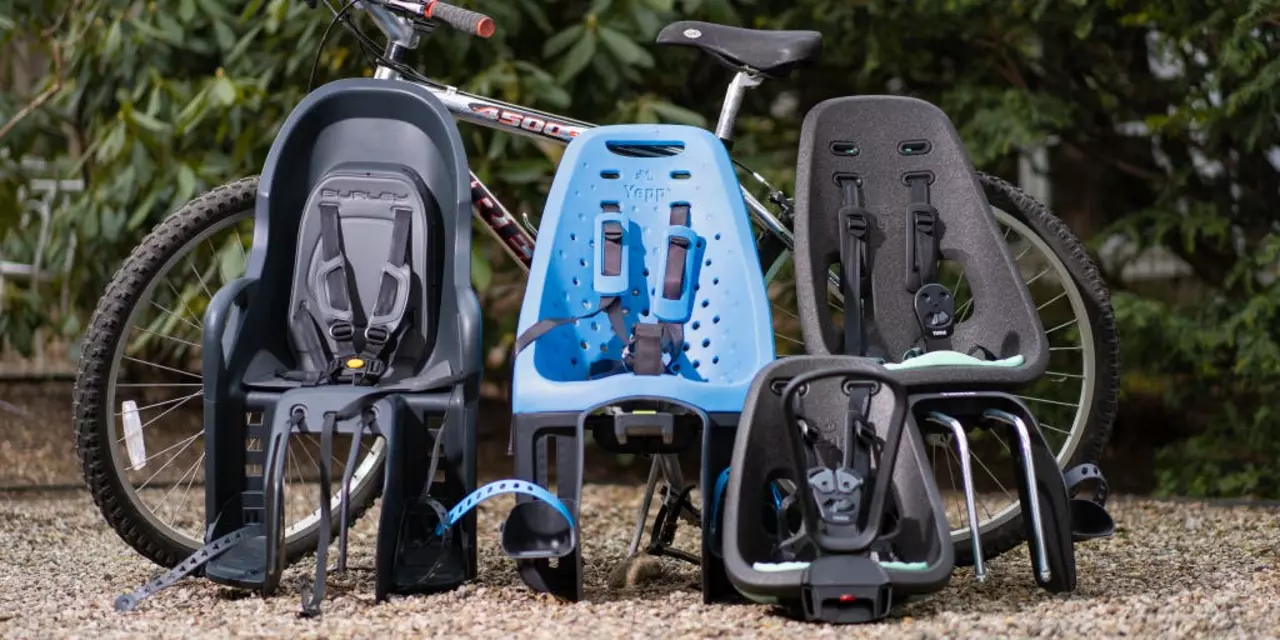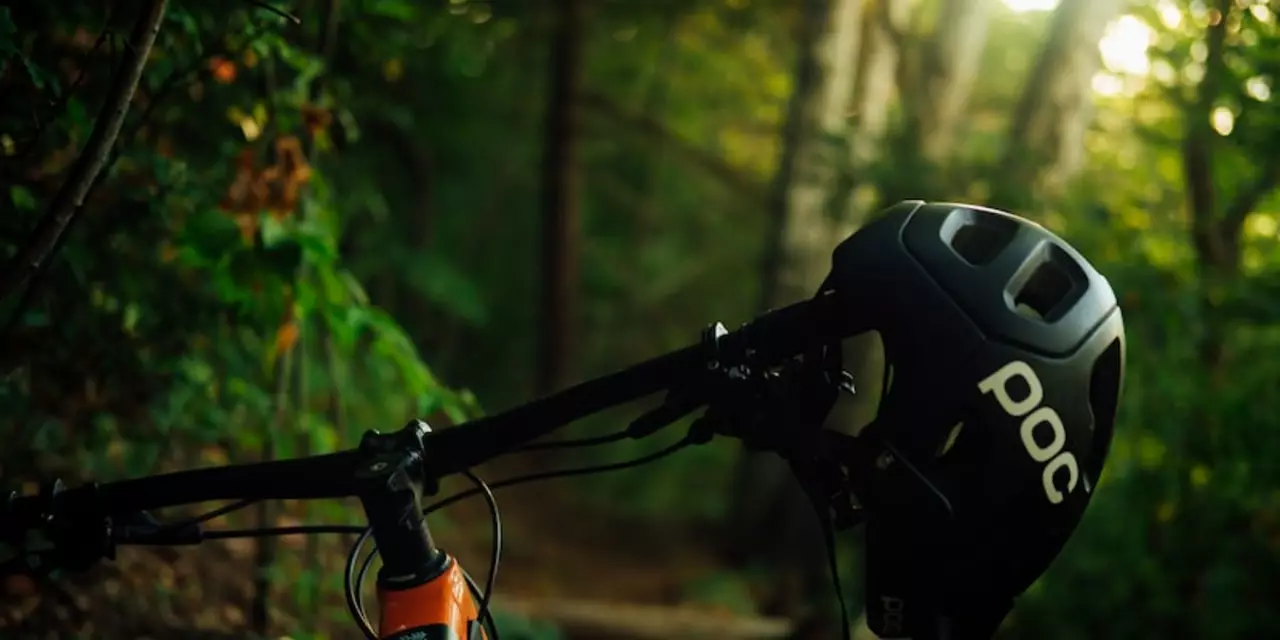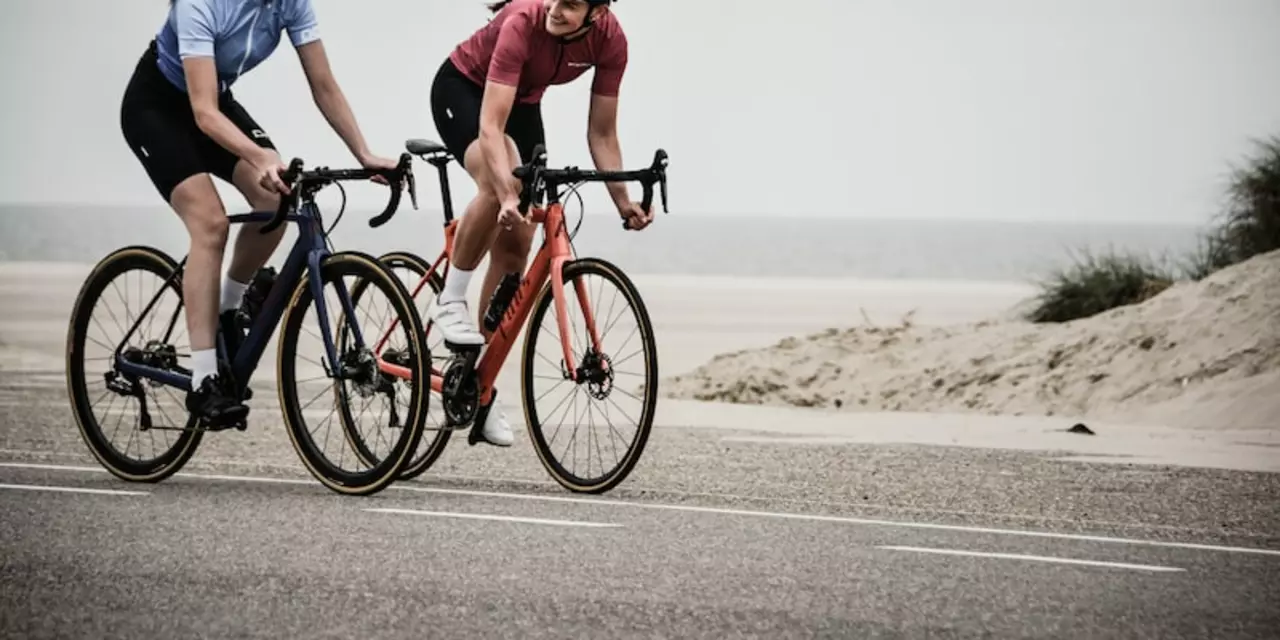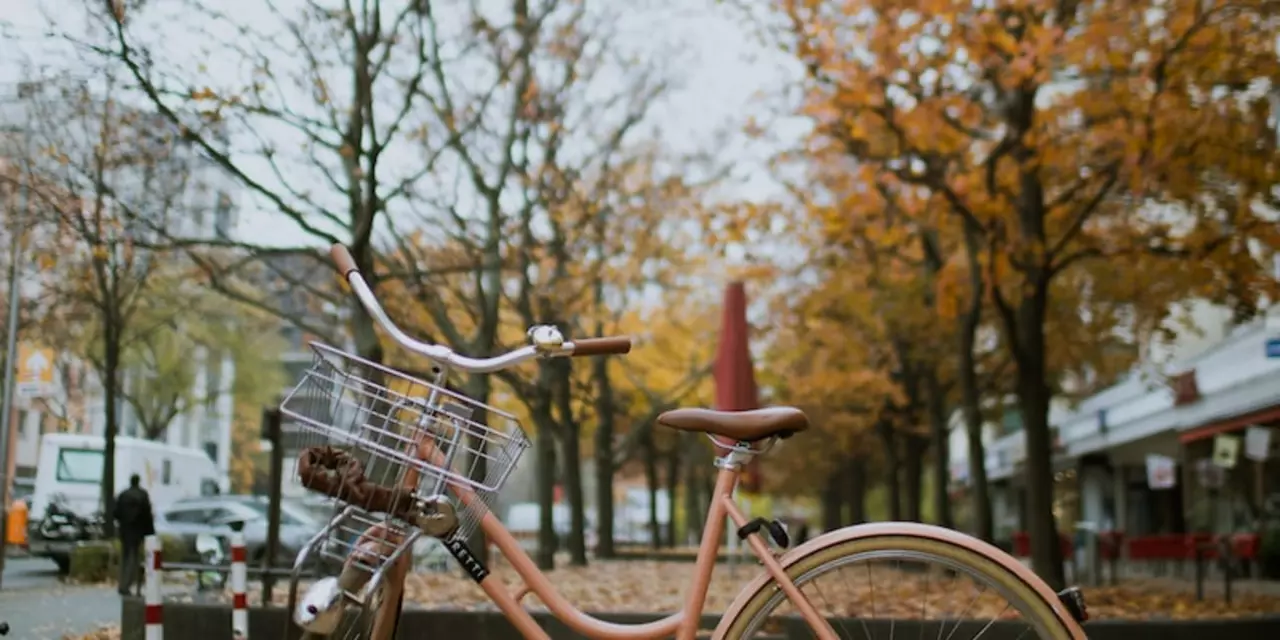SEARCH
Safety Tips Every BMX Rider Should Follow
If you love BMX, you already know the rush of nailing a trick or cruising a park. The fun part can turn risky fast, so a quick safety check is worth the time. Below are the basics that keep you riding longer and feeling good.
First, treat your bike like a partner. A loose bolt or cracked frame isn’t obvious until it fails. A five‑minute daily inspection can catch most problems before they become dangerous. Check the brakes, tighten the headset, spin the wheels, and give the chain a quick wipe. If anything looks worn or shaky, replace it right away.
Essential Gear for Protection
Helmet first. Pick a full‑face or at least a certified BMX helmet that fits snugly. It should sit level on your head and not wiggle when you move. Replace it after any major impact – even a light bump can weaken the foam inside.
Next, protect your joints. Knee and elbow pads add a cushion when you fall, and wrist guards stop the dreaded “hand‑break” injury. Look for pads that stay in place with straps, not just foam that slides off.
Gloves are a small addition that makes a big difference. They give your hands a better grip on the bars and protect against scrapes. If you ride in colder weather, insulated gloves keep your fingers from freezing while still letting you feel the bike.
Smart Riding Practices
Know your limits. Trying a new trick on a steep ramp can sound exciting, but it also raises the chance of a hard fall. Start on a flat surface, break the move into smaller parts, and build confidence before going full speed.
Watch the terrain. Loose gravel, wet wood, or oil spots can send you sliding. Scan the park or trail before you start, and avoid sections that look slick or broken.
Ride with others when possible. A buddy can spot unsafe spots, offer advice, and call for help if you get hurt. It also makes the session more fun.
Don’t forget to stay hydrated and take breaks. Fatigue makes split‑second decisions harder, and a tired rider is more likely to misjudge a jump.
If you do fall, stay calm. Roll with the impact to spread the force, and get up slowly to check for injuries. Even a small bruise can turn into a bigger problem if you ignore it.
Finally, keep learning. Watch tutorial videos, ask experienced riders for tips, and read up on new safety gear. The more you know, the safer you’ll be.
By spending a few minutes on gear, bike checks, and smart habits, you’ll protect yourself and keep the good times rolling. BMX is about freedom and fun – safety just makes sure you can enjoy both for years to come.

Is a mountain bike safer than a cruiser bike?
Mountain bikes and cruiser bikes provide two different riding experiences, but what about safety? When it comes to safety, mountain bikes may have an edge. Mountain bikes are generally more durable and better suited for off-road terrain, with features like wider tires and shock-absorbing suspension systems that can help protect riders from falls. Additionally, mountain bikes are designed to be more responsive and easier to control than cruiser bikes, making them a better option for riders who want better control and stability. Ultimately, it's up to each individual rider to decide which type of bike they feel most comfortable with, but mountain bikes may offer a safer ride.
Continue reading
Is mountain biking dangerous?
Mountain biking is an adrenaline-filled sport that can also be dangerous. It involves riding a bike off-road, often over rough terrain, and can involve air-time, jumps, and other stunts. Mountain biking carries an inherent risk of injury due to the terrain, speed and technicality of the activity. To minimise risk, mountain bikers should always wear the appropriate protective gear, know their limits, and ride with caution. Additionally, they should ride with experienced friends, know their local trails, and be aware of their environment. Ultimately, mountain biking can be dangerous, but it can also be enjoyed safely and responsibly.
Continue reading
What should you not wear when cycling?
When cycling, it is important to wear clothing that is comfortable, breathable, and non-restrictive. Tight-fitting clothing can be dangerous as it can cause chafing, overheating, and can even restrict movement. It is also important to wear bright and reflective clothing, as it will help you to be seen by other cyclists or motorists, even during the night. Moreover, it is recommended to avoid loose clothing as it can get caught in the bike chain and cause an accident. Lastly, it is best to avoid open-toed shoes and sandals as they can cause injury if your foot gets caught.
Continue reading
Is it safe riding a bicycle on Boston roads?
Riding a bicycle in Boston is generally considered safe, but cyclists should be aware of several risks that can present themselves when navigating the roads. It is important to wear a helmet, obey the rules of the road and use hand signals to communicate with other drivers. Additionally, cyclists should be aware of the dangers of riding in traffic and should be sure to stay visible and alert. Furthermore, it is important to plan ahead and familiarize oneself with bike-friendly routes. Taking these steps will reduce the risks associated with cycling in Boston and make the experience both enjoyable and safe.
Continue reading
Is it safe riding a bicycle on Boston roads?
Riding a bicycle in Boston can be a safe and enjoyable experience. The city has invested heavily in bike infrastructure, including lane separations, improved signage, and dedicated bike paths. The city also provides resources for cyclists, including bike safety classes, information about bike laws, and repair shops. Despite the city's efforts, cyclists should still exercise caution when riding, as many drivers are not used to sharing the road with cyclists. Cyclists should always wear a helmet, obey traffic laws, and use reflective clothing or lights when riding at night.
Continue reading